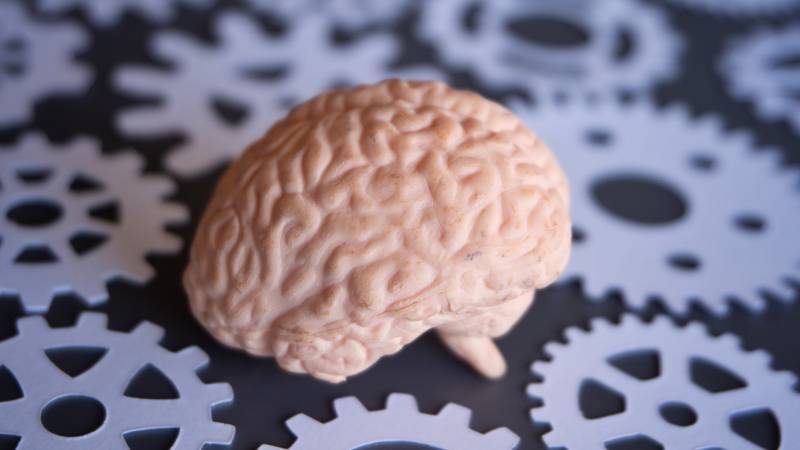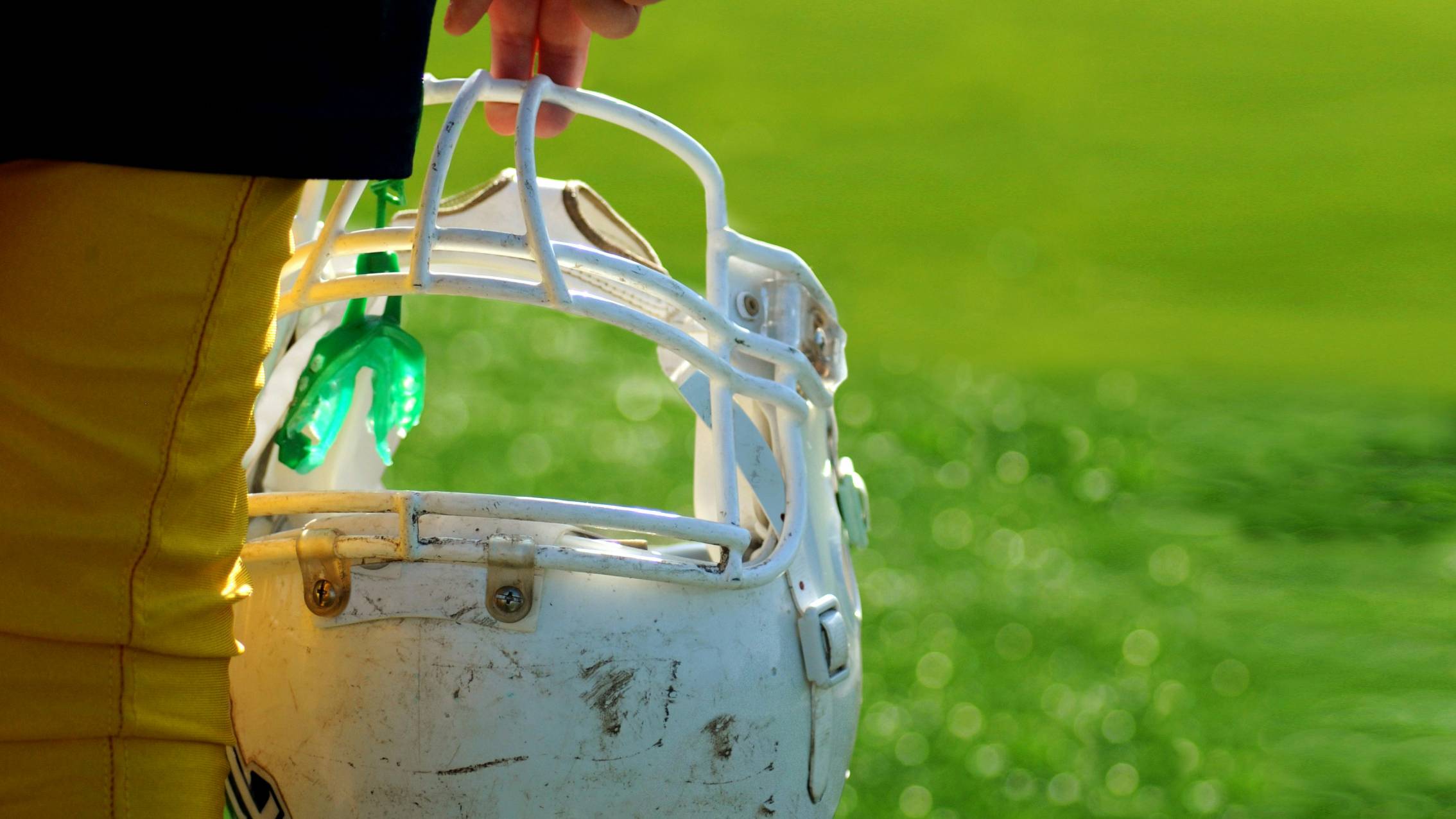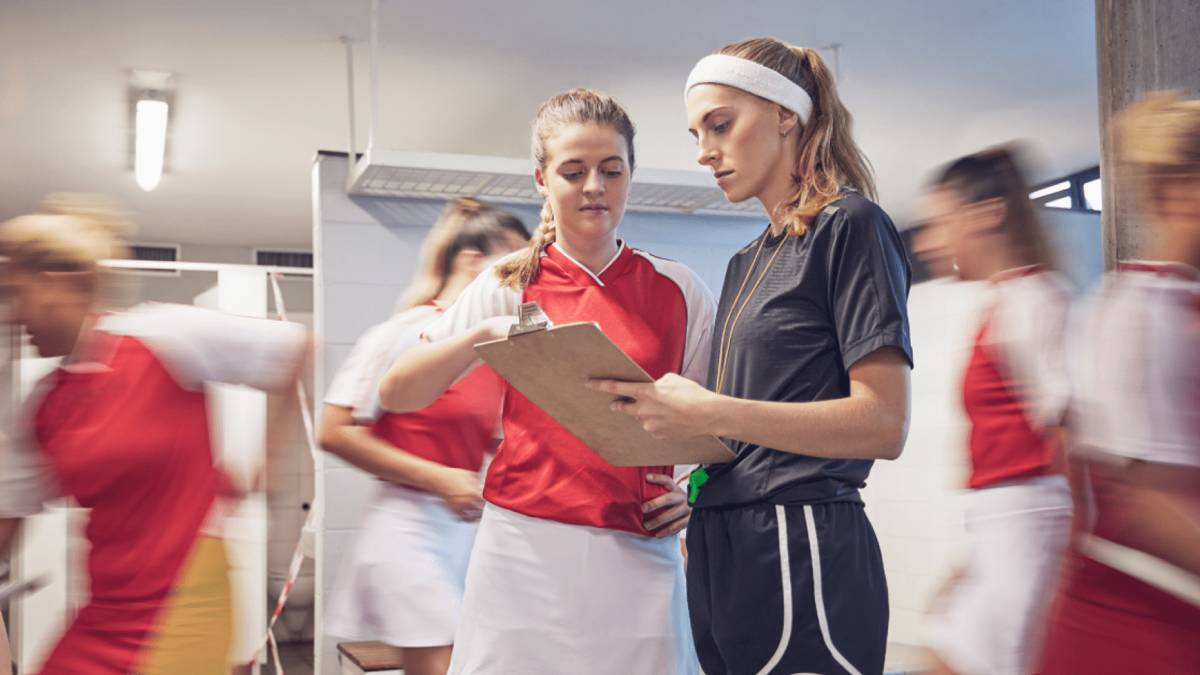Main Causes of Concussion in Contact Sports

Concussions are common brain injuries in many contact sports. They can have serious long-term consequences, affecting the cognitive and physical health of athletes. This article explores the main causes of concussions and suggests measures to prevent them.
Head impacts: Risk of concussion
Direct impacts to the head are the most common cause of concussion. These impacts can come from other players, equipment or hard surfaces [1]. When the head is directly impacted, the brain can move rapidly inside the skull. This rapid acceleration and deceleration causes damage to brain cells and neural connections, resulting in concussion.
Common examples: In soccer, helmet-to-helmet hits are common. In field hockey, hitting the boards or hitting the stick can cause concussion.
Indirect Shocks and Brain Injury
Indirect impacts, where the force of the impact is transmitted to the head via another part of the body, are also a significant cause of concussion.
Indirect impacts can cause sudden movements of the head [2], even without a direct impact. For example, a severe blow to the torso can cause the head to move in a similar way to a direct blow, resulting in concussion.
- Transmission mechanism: For example, a violent blow to the torso can shake the head enough to cause concussion.
Examples: In rugby, a powerful tackle to the body can cause rapid movement of the head, resulting in concussion.
Falls and Impacts on Hard Surfaces
Falls are a frequent cause of concussions, especially in sports where athletes are often thrown to the ground.
When an athlete falls, especially on a hard surface, the impact can cause a concussion. The brain can collide with the inside of the skull, causing damage to brain cells.
- Sports concerned: Hockey, rugby, soccer.
- Preventive measures: Use of protective mats, improved falling techniques to minimize impact on the head.
Concussion: The Danger of Bad Equipment
The use of inadequate or ill-fitting protective equipment is a major risk factor.
Protective equipment, such as helmets, is designed to absorb and distribute impact energy. If equipment is ill-fitting or obsolete, it may not provide adequate protection, increasing the risk of concussions.
- Common problems : Ill-fitting helmets, obsolete equipment.
- Recommendations: Regular equipment checks, use of modern technologies to improve protection.
Inadequate Playing Technique and Concussion
Incorrect or dangerous playing techniques increase the risk of concussion.
Inappropriate playing techniques, such as tackling with the head forward, can expose athletes to direct impacts to the head or sudden movements of the head, increasing the risk of concussion.
- Impact of poor techniques: Tackling with the head forward, playing aggressively without control.
- Training and education: Training programs to teach safe playing techniques, initiatives to promote fair play.
Fitness and Fatigue
Poor physical condition and fatigue can make athletes more vulnerable to concussion.
Fatigue reduces reaction capacity and coordination, which can make athletes more susceptible to violent impacts or unable to avoid them. Inadequate physical condition can also reduce the body’s ability to absorb shock.
- Increased risk: Fatigue slows reflexes and reduces the ability to avoid impacts.
- Advice: Maintain good physical condition, giving sufficient importance to rest and recovery.
A Future Without Concussion in Contact Sports
Concussions are a major concern in contact sports. By understanding the main causes, such as direct and indirect impacts, falls, high-speed collisions, inadequate equipment, dangerous playing techniques and fatigue, athletes, coaches and sports organizations can take steps to reduce the risks. Prevention involves better education, the use of appropriate equipment and increased attention to player fitness and safety.
Please note that we are not medical professionals and that it is important to consult a physician if you suspect a concussion. A doctor’s recommendations take precedence over the advice presented in this article.
Sources :
[1] Goulet, K. et Beno, S. (2023). Les commotions cérébrales liées au sport et les mises en échec chez les enfants et les adolescents : l’évaluation, la prise en charge et les répercussions sur les politiques. La Société canadienne de pédiatrie. Consulté à l’URL suivante: https://cps.ca/fr/documents/position/les-commotions-cerebrales-liees-au-sport
[2] Institut Psycho. Commotions cérébrales (Traumatisme cranio-cérébral léger). Consulté à l’URL suivante: https://www.institutpsychoneuro.com/clientele/commotions/
[3] Ellemberg, D. Commotions cérébrales dans le sport. AQNP. Consulté à l’URL suivante: https://aqnp.ca/
Don't miss our new ultimate guide to concussion in sport!
Karl Demers

On the same subject
This article explores the causes, mechanisms, symptoms, treatment and prevention of concussions.
Although often underestimated as a silent epidemic, concussions are one of the most common injuries in the world of sport.
Concussions are a major cause of serious injury in athletes, although they can also occur during everyday activities.


